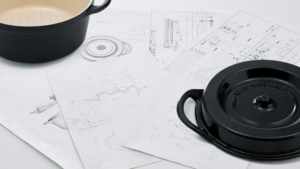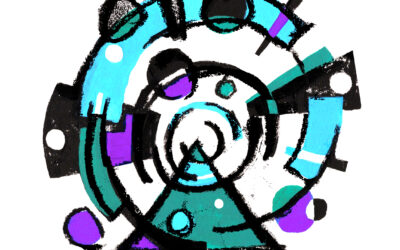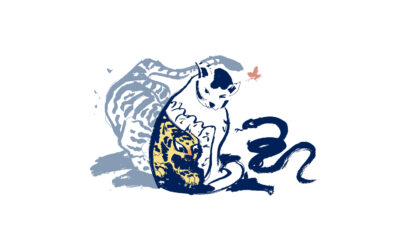During a visit to Daikin’s Innovation Centre in Osaka, I came across a beautiful, brown, wood-effect air-conditioning unit from the 1960s or 70s (I am too young to tell the difference, more of which later). Upon my suggestion to the Innovation Director that a relaunch could turn it into a hit product, he dismissed the idea: “It’s old-fashioned, no one wants that ‘70s stuff over a sleek new white one”. But that was my point: old-fashioned nowadays can be good.
Nostalgia all around
In Tokyo it is hard to miss the ongoing ‘throwback to the 1990s’: it is even the slogan of the reemergent G-Shock, the era’s quasi-official watch. That decade’s logos are suddenly everywhere, including flagbearers that a short while ago looked all but dead, such as Champion and Fila. By playing cleverly with ‘90s themes, whether in style or aesthetics – ranging from their use of blurry, sepia photography to period haircuts and particular colour combinations – these brands’ sales are now growing in double and triple digits.
At the same time, other names that are equally as synonymous with the 1990s are failing to capitalise on their heritage. United Colours of Benetton and Juicy Couture (remember those velvet tracksuits?) are proving that just being originals from the era currently en vogue is not enough: to rediscover their meaning and mojo, brands must reinterpret themselves through the lens of nostalgia.
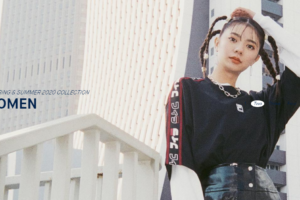
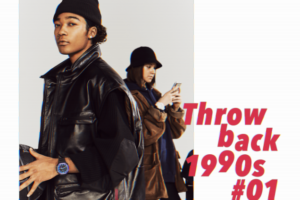
Nostalgia for what past?
But what is this lens? The 1990s throwback may be global, but in Japan it is intertwined with a more powerful wave of rediscovery and renewed appreciation of the “past”, or rather a nondescript idea of the past. Just as I could not recognise the difference between the 1960s and 70s when admiring the air conditioner, Japan’s nostalgia is not about historical accuracy. It is about finding a twist that responds to much deeper desires: a need for reinterpretation, not merely lukewarm repetition.
This goes to three very modern human needs that ‘times gone by’ tap into: the desire for a simpler, pre-technology life; the memory of an economically more successful, carefree past; and a yearning for a more eco-conscious life. In this context, whether these associations are accurate or not is unimportant.
Creating the Old New: capitalising on nostalgia
Indeed, the companies formulating answers to these needs, and hence performing best, are often not from the past themselves. Vermicular and Balmuda both play with unidentifiable images of ‘past aesthetics’, as they translate consumers’ undirected nostalgia into popular new aesthetic languages and product lines. Particularly popular is ‘retro modern’ (or レトロモダン), which ties together the desires for simplicity and for clean, natural, eco-conscious design.
These newcomer brands have both created entire new product worlds of old/new. Balmuda’s hit analogue-tech rice cooker The Gohan, and Vermicular’s eponymous rice pot were once upstart outliers, but now their products have their own corner in stores, and they have forced the former sector stalwarts, from Panasonic to Sharp, to scramble in pursuit.
